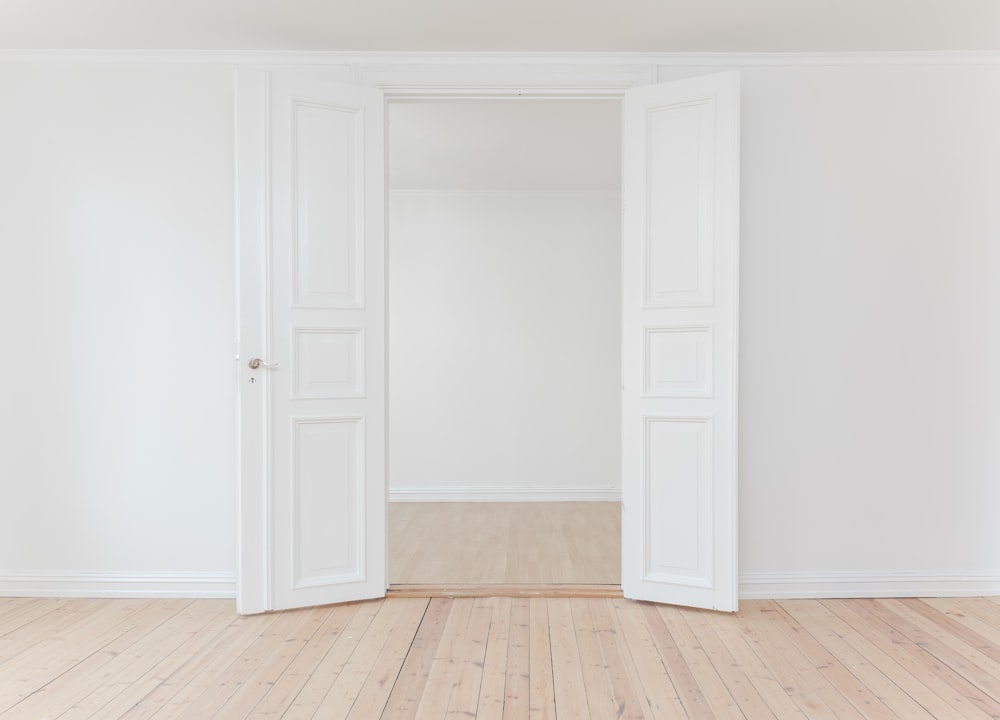
Embrace Eco-Friendly Living Green Interior Design Solutions
Embrace Sustainable Living with Green Interior Design
In today’s world, where environmental consciousness is increasingly becoming a priority, embracing eco-friendly living has never been more important. With green interior design solutions, you can not only create a beautiful and stylish home but also contribute to a healthier planet. Let’s explore some innovative ways to incorporate sustainability into your interior design.
Integrating Natural Materials
One of the fundamental principles of green interior design is the use of natural materials. From reclaimed wood to bamboo flooring, incorporating sustainable materials into your home not only reduces environmental impact but also adds warmth and character to your space. Embrace the beauty of nature with furniture, flooring, and accessories made from renewable resources.
Optimizing Energy Efficiency
Energy efficiency is a key consideration in green interior design. By optimizing your home’s energy usage, you can reduce your carbon footprint and lower your utility bills. Invest in energy-efficient appliances, LED lighting, and smart thermostats to minimize energy consumption while maximizing comfort and convenience. Incorporating passive design strategies such as proper insulation and natural ventilation can also help reduce your home’s reliance on artificial heating and cooling.
Choosing Low-Impact Finishes
When selecting finishes for your home, opt for low-impact materials that are both eco-friendly and healthy for occupants. Choose paints, stains, and sealants that are low in volatile organic compounds (VOCs) to improve indoor air quality and reduce harmful emissions. Look for eco-friendly flooring options such as cork, linoleum, or recycled tiles, which have minimal environmental impact compared to traditional materials.
Embracing Biophilic Design
Biophilic design seeks to reconnect people with nature by incorporating natural elements into the built environment. By integrating elements such as indoor plants, natural light, and views of the outdoors, biophilic design promotes health and well-being while fostering a deeper connection to the natural world. Embrace biophilic principles in your home by introducing plants, incorporating natural materials, and creating spaces that evoke a sense of calm and tranquility.
Minimizing Waste and Upcycling
In a sustainable interior design approach, waste minimization is paramount. Rather than discarding old furniture and accessories, consider upcycling or repurposing them to give them new life. Get creative with DIY projects, such as turning old pallets into furniture or repurposing glass jars as decorative accents. By minimizing waste and embracing the principles of circular design, you can reduce your environmental footprint and create a more sustainable home.
Supporting Ethical Practices
In addition to choosing sustainable materials and practices, it’s essential to support brands and manufacturers that prioritize ethical and environmentally responsible practices. Look for certifications such as Forest Stewardship Council (FSC) for wood products and Cradle to Cradle (C2C) for materials that have been designed with sustainability in mind. By voting with your dollars, you can help drive positive change in the industry and support businesses that are committed to making a difference.
Conclusion
Embracing eco-friendly living through green interior design solutions is not only beneficial for the planet but also for creating a healthier, more sustainable home environment for you and your family. By integrating natural materials, optimizing energy efficiency, and embracing biophilic design principles, you can create a space that is both beautiful and environmentally responsible. So why wait? Start incorporating green design solutions into your home today and take a step towards a more sustainable future. Read more about green interior design



